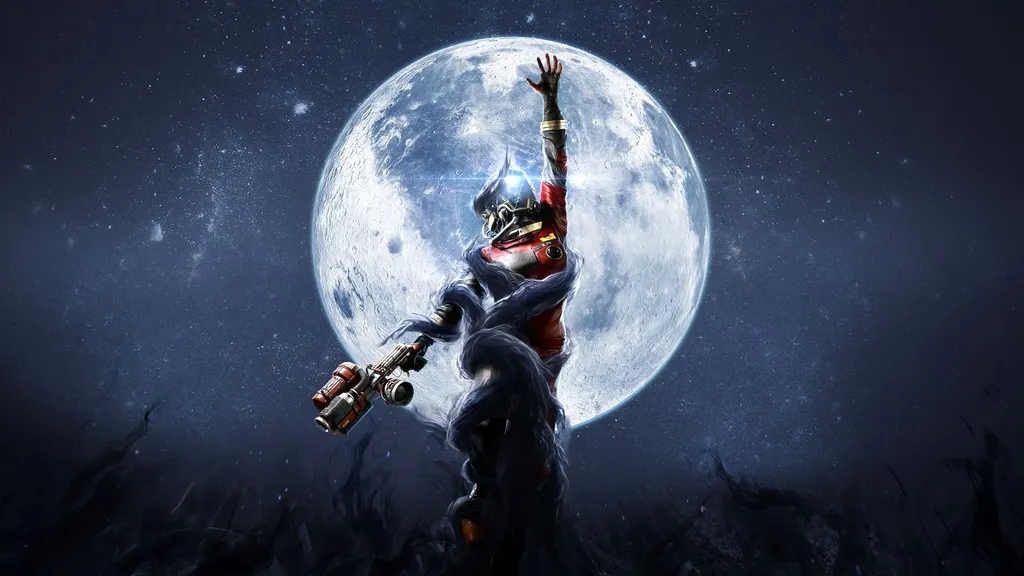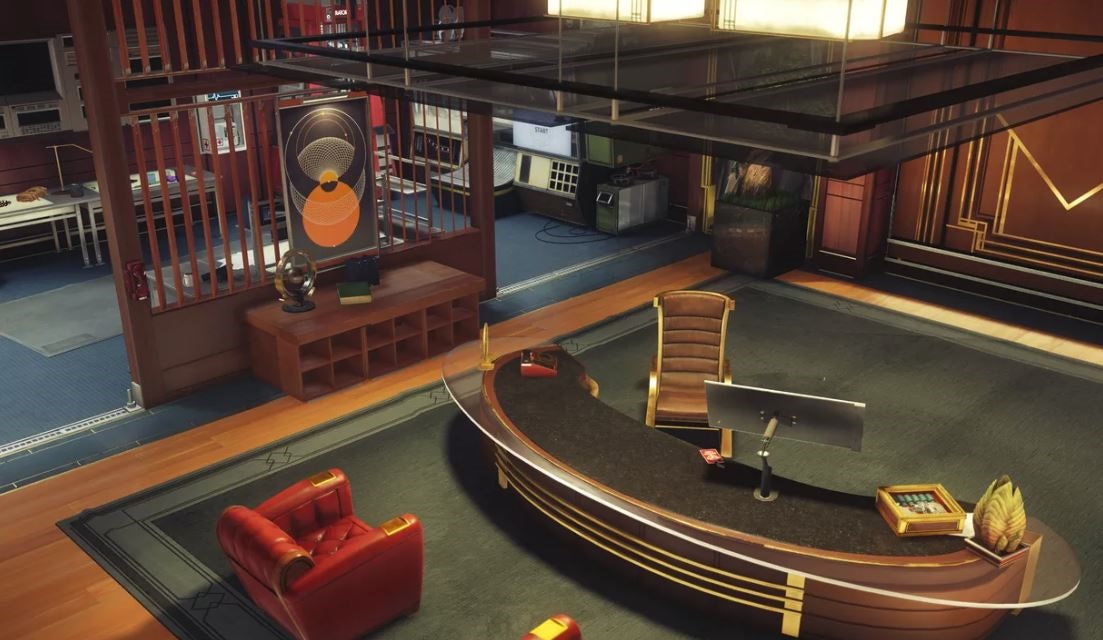Bethesda’s previous VR efforts have been as ambitious, if not always as successful, as VR gaming gets. By pouring through its back catalog the publisher has given us takes on Doom, Skyrim and Fallout 4 to revisit inside headsets with ports that ask players to overlook a few awkward inevitabilities in return for massive worlds to explore. The trade-off, many would argue, is worth it, but with Prey’s VR content Bethesda takes a more familiar route.
Instead of adapting all of Arkane Studios’ 2017 (rather brilliant) first-person shooter into VR, Prey’s new Typhoon Hunter update adds a much smaller VR ‘campaign’ consisting of three escape room-style missions that take anywhere between 10 to 20 minutes to solve each. These levels strip back much of the original game’s core mechanics, like combat and free movement across a semi-open world, in favor of some relatively simple puzzle solving. It’s basically another one those smaller experiences like Gran Turismo Sport or Rise of the Tomb Raider‘s VR extras.
They’re fun excursions into the wider world of Prey, even if they’re relatively uneventful and quickly forgotten. Each mission takes place before the main campaign, tying into characters and environments that you’ll have encountered the first time around.
I’m usually not one for VR puzzle games, but Prey’s puzzles felt a little too easy even for me. The first environment, for example, really only needs you to just find objects and documents that will give you the answers, whereas the final level can be solved in almost no time at all. They are varied, at the very least, but escape room fanatics will be disappointed at the challenge on offer here.
One could argue, though, that this is less about solving puzzles and more about experiencing the game’s expertly-crafted atmosphere with a headset on. It is indeed a joy to revisit some of these areas in VR and it benefits from the level of polish Arkane put into the main game. It’s rare to find environments that are this detailed and, frankly, believable in VR. You can pick up most objects and there is at least one of the original game’s most recognizable moments (neuromod installation) recreated, but it’s also hard to deny that the absence of many of the game’s central mechanics leaves it all feeling a bit lifeless.
There could have been so much more to it, too. Prey’s most infamous enemies, mimics, take on the shape of objects in a room and then spring out at you when you least suspect it, and the game’s deep combat system, which is clearly influenced by BioShock, would have been fun to explore in VR. Add in side-quests and an intriguing story and you have something that would have been really interesting to revisit inside a headset. Instead, you’ll only be able to see all of the enemies and weapons behind glass in an appreciated if unremarkable virtual museum.
There’s also some weird choices made in the design. If you bring your hand to any surface your virtual self won’t follow you as you move through it. It just stays stuck to the wall as if you’d lost tracking. We all understand that the lack of haptic feedback in VR makes this a (literally) touchy issue, but it feels stranger to see your hand get stuck than it does to see it imitate your actual motions. You can’t help but wish Arkane had looked at what practically everyone else is doing inside VR.
A bit of a missed opportunity, then. We do know that there’s going to be VR support for Prey’s multiplayer mimic-hunting mode early next year which should provide some funny jump scares, but the original game’s measured pacing does feel well-suited for the platform, moreso than Doom ever did. As it stands, this feels like a step back for Bethesda’s VR efforts.
Prey’s VR content is available as part of the Typhoon Hunter DLC or available in the game’s Mooncrash Edition with support for the HTC Vive on PC and PSVR on PS4.

























